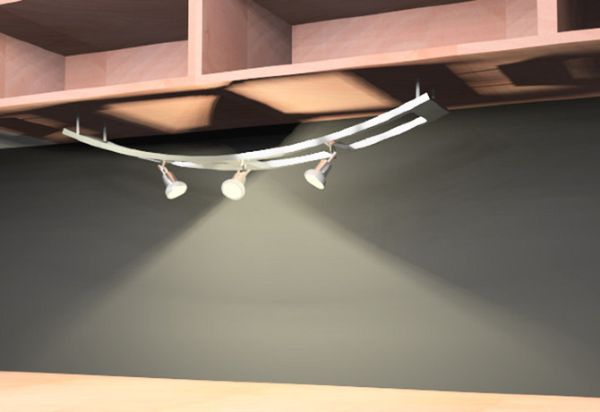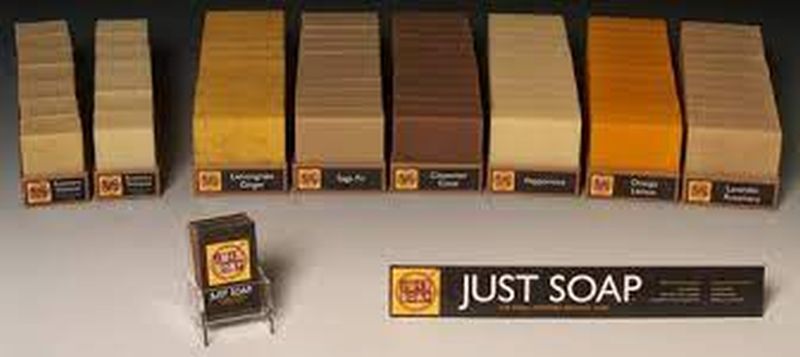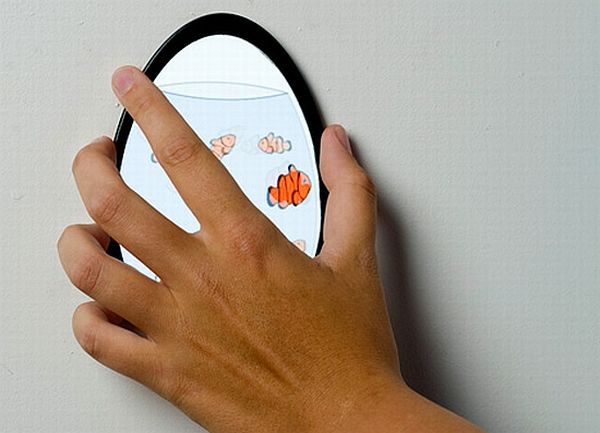The idea of a pedal providing enough power to move a much heavier machine is certainly not new. It has been used in the garment industry ever Elias Howe patented the pedal-powered sewing machine in 1846. However, the mechanism has not been used in other applications, though industrial designer Malvika Vaswani found it to be particularly useful in her Pedal-powered lighting concept. Created as a part of an Energy Studio course that required student designers to work with engineers and create energy-saving solutions that can be retrofitted to existing office spaces. The project itself was a Brown-Risd collaboration and the team comprised of two engineers and three designers.

The Pedal-powered lighting turns energy-generation for small, individual use a personalized affair with each workstation or desk being retrofitted with a pedal-mechanism that can be operated by the person working on the desk to generate power for the lamp fitted on it. Though the designer has not specified the exact mechanics behind the design, one can assume it uses the same principles used by the pedal-run sewing machine. The pedal was designed in such a way that it could perform its function optimally without requiring any extra physical effort from the person operating it. Since the objective was to device a pedal-pushed lighting for use in an office, the pedal mechanism had to be designed in a way that would allow it to be used continuously or for longer durations without requiring any additional grid support for the lighting.
The power generated by the pedal is stored in a battery which means that the light is powered by the battery which can be charged in advance via pedal-pushing when the person needs to work standing up on their desk. The user can also charge the battery by pushing the pedal in their spare time and use the lamp without pushing the pedal later on.
Source: Malvika Vaswani




